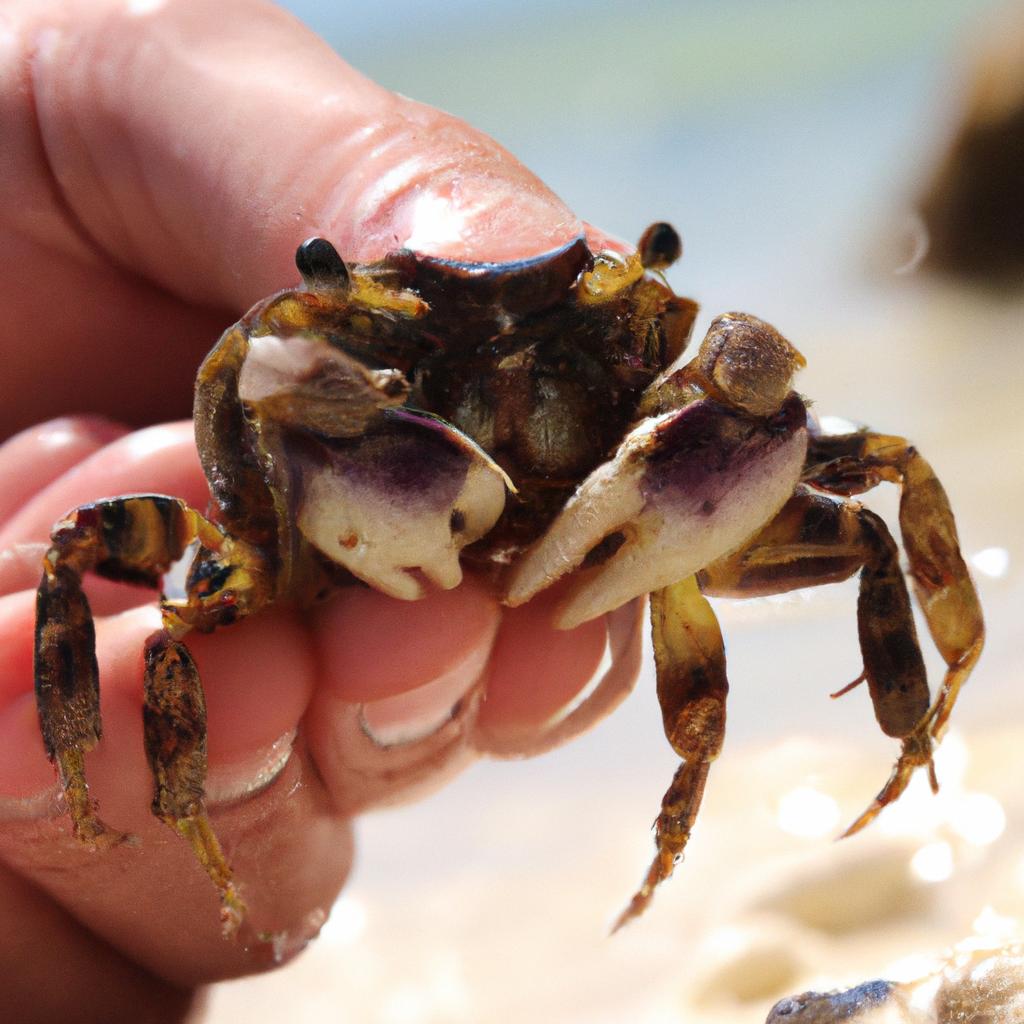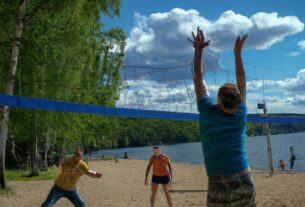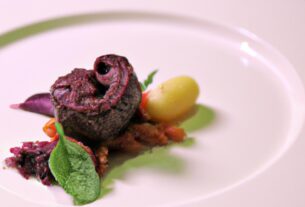Crab Island, nestled in the stunning waters of Destin, Florida, is a beloved haven for both tourists and locals. With its crystal-clear waters and pristine white sand beaches, Crab Island is every beach lover’s dream. But did you know that Crab Island is also home to an array of captivating crab species? In this article, we’ll delve into the enchanting world of these crabs, exploring their diverse types, unique habitats, intriguing feeding habits, vital role in the ecosystem, and the challenges they face.
Types of Crab Island Crabs
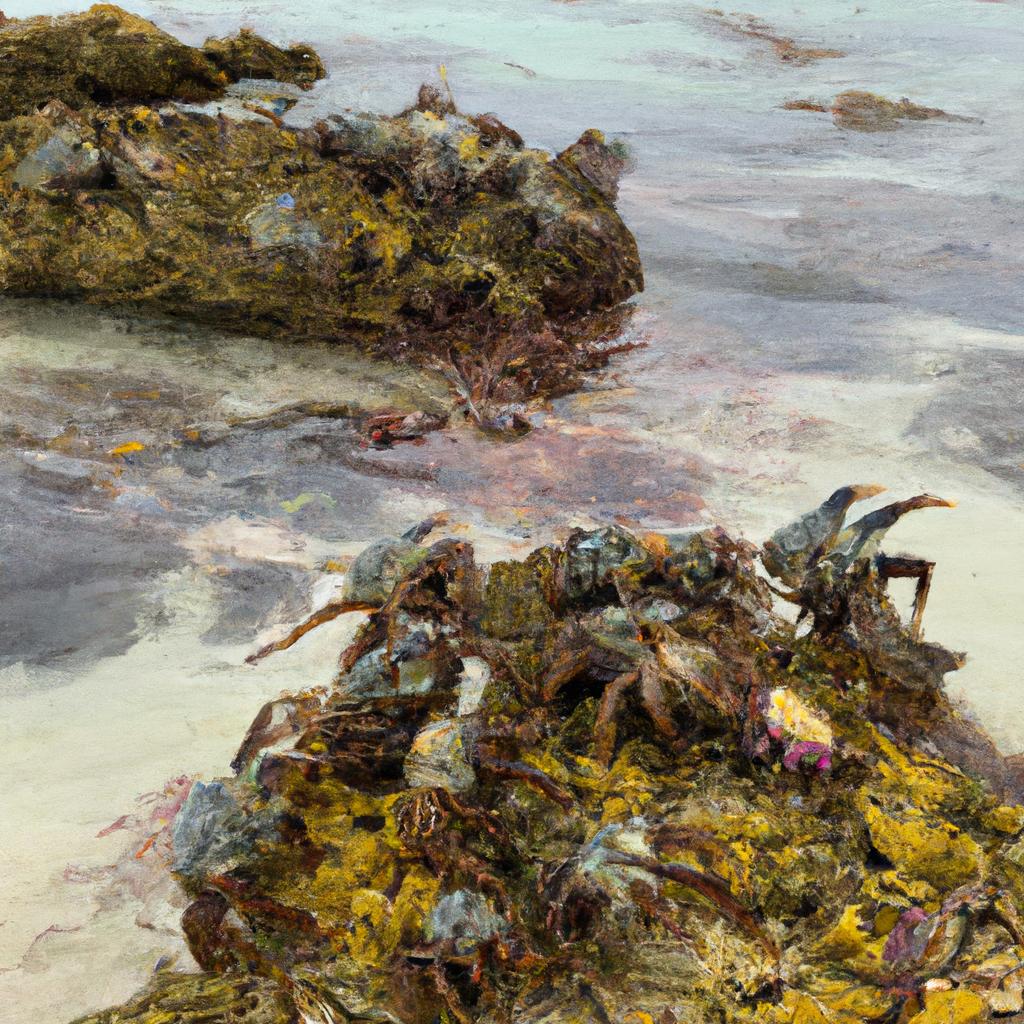
Crab Island boasts a variety of crab species, each possessing distinct characteristics and adaptations that help them thrive in their environment.
Blue Crab
The blue crab, predominantly found in the surrounding waters of Crab Island, stands as the most common crab species. Easily recognizable by their vibrant blue-green color and paddle-shaped claws, blue crabs are omnivores. They possess a diverse palate, feeding on small fish, mollusks, and fellow crustaceans.
Stone Crab
Another prevalent species in the area is the stone crab. These crabs stand out with their robust, powerful claws, specially designed for crushing shells and other hard objects. As carnivores, stone crabs feast on a menu that includes clams, oysters, and other crustaceans.
Hermit Crab
Known for their peculiar adaptation, hermit crabs utilize empty shells as protective coverings. These scavengers are resourceful eaters, consuming a range of foods, including deceased fish and small organisms.
Fiddler Crab
The petite fiddler crab captures attention with its disproportionately large, claw-like appendages. As omnivores, they indulge in algae, bacteria, and small invertebrates.
Overall, the diverse array of crabs found in Crab Island showcases their important role in the ecosystem, while also offering a captivating spectacle for observers.
Habitat of Crab Island Crabs
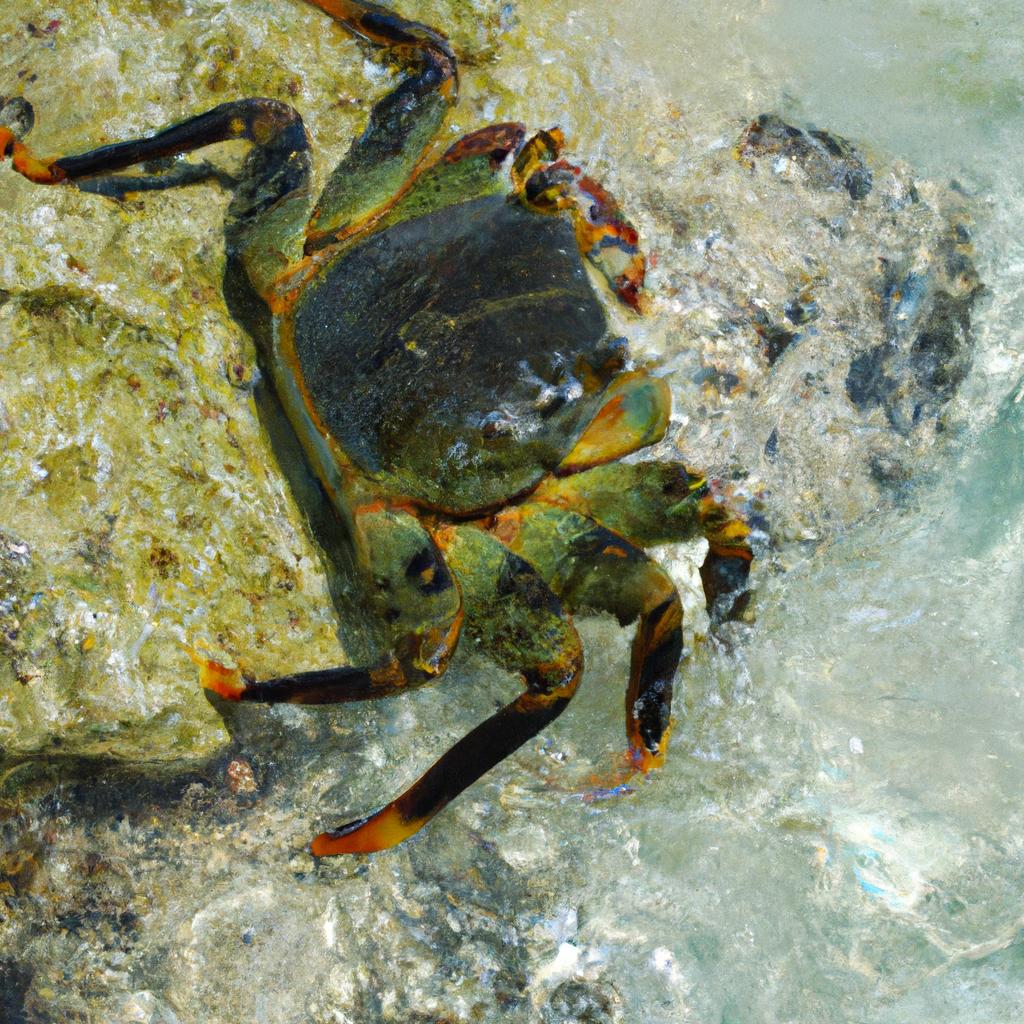
Crab Island crabs inhabit various habitats, from the shallow waters surrounding the island to nearby marshes and mudflats. Blue crabs, for instance, prefer estuaries and shallow waters, whereas stone crabs are commonly found in rocky areas and coral reefs. Hermit crabs display adaptability, residing in sandy beaches and rocky shores.
These crabs have evolved diverse survival strategies. Blue crabs possess the unique ability to thrive in both freshwater and saltwater environments. Additionally, they can bury themselves in the sand to evade predators and extreme temperatures. Stone crabs, on the other hand, can detach their claws if caught by a predator, facilitating escape and subsequent regeneration.
Hermit crabs boast yet another extraordinary adaptation. As they molt and grow, they seek larger shells to occupy, gradually transitioning into their new protective home. Fiddler crabs, meanwhile, create burrows in mudflats during low tide, using these hideouts for protection against predators and the scorching sun.
Beyond their mesmerizing presence, Crab Island crabs serve as a fundamental component of the ecosystem, providing nourishment for larger predators such as birds, fish, and marine animals.
Feeding Habits of Crab Island Crabs
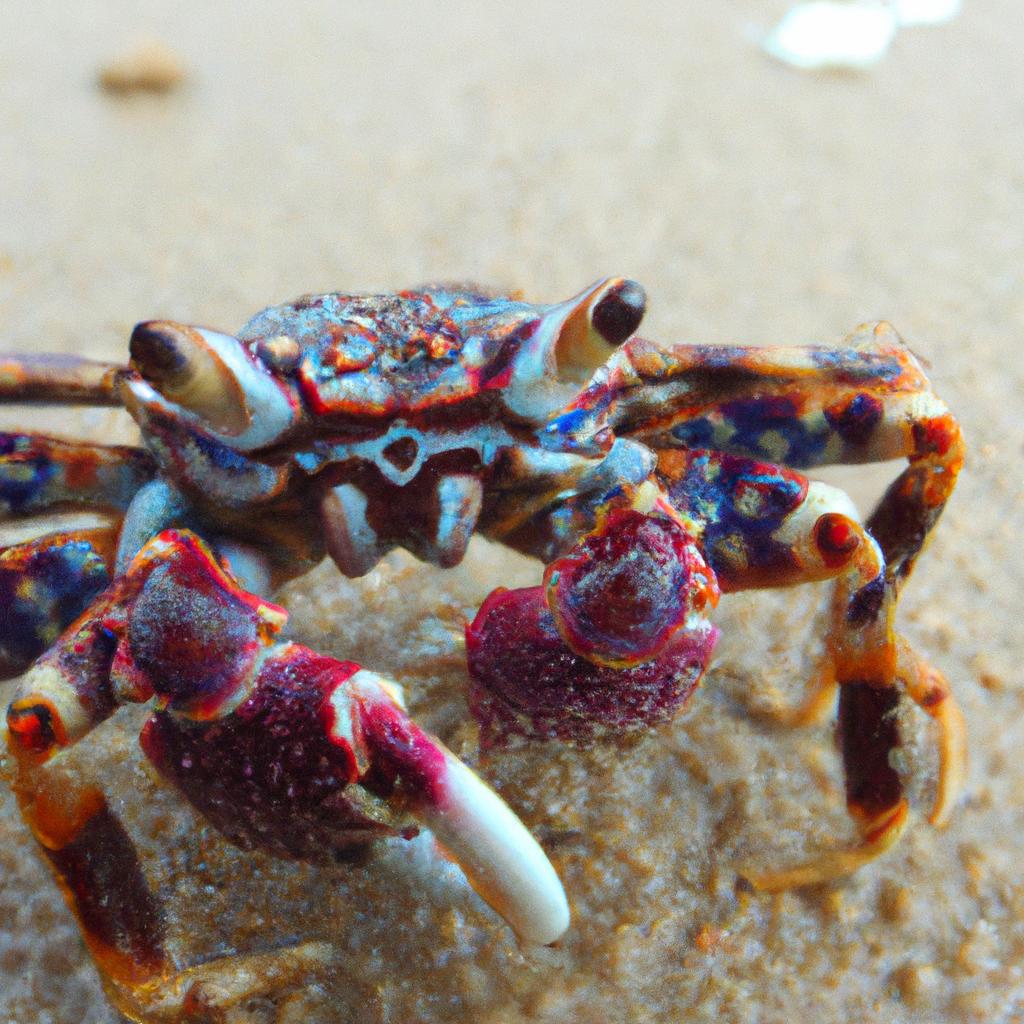
Crab Island crabs exhibit omnivorous tendencies, relishing a diverse menu. Blue crabs, for instance, devour small fish, mollusks, crustaceans, and are even known to scavenge dead animals and plant matter. Stone crabs specialize in mollusks such as clams and oysters, leveraging their formidable claws to crack the shells and gain access to the succulent meat within.
Hermit crabs exhibit adaptability in their feeding habits, consuming an assortment of food sources, including deceased fish, small organisms, and algae. Fiddler crabs, in their distinctive fashion, consume algae, bacteria, and small invertebrates.
To obtain nourishment, Crab Island crabs employ a variety of techniques. Blue crabs wield their claws to capture prey, while their sharp mandibles allow them to crush their food before consumption. Stone crabs employ their mighty claws to crack open shells and extract the delectable meat. Hermit crabs employ their small claws to seize food and their sharp mandibles to crush it. Fiddler crabs sift through the sand using their delicate claws, uncovering hidden treasures.
In conclusion, Crab Island crabs are captivating creatures that have skillfully adapted to their surroundings. Their significant contributions to the ecosystem, combined with their economic value, necessitate a thorough understanding of their habitats and feeding habits. Such knowledge is vital for preserving their populations and ensuring their continued existence.
Importance of Crab Island Crabs
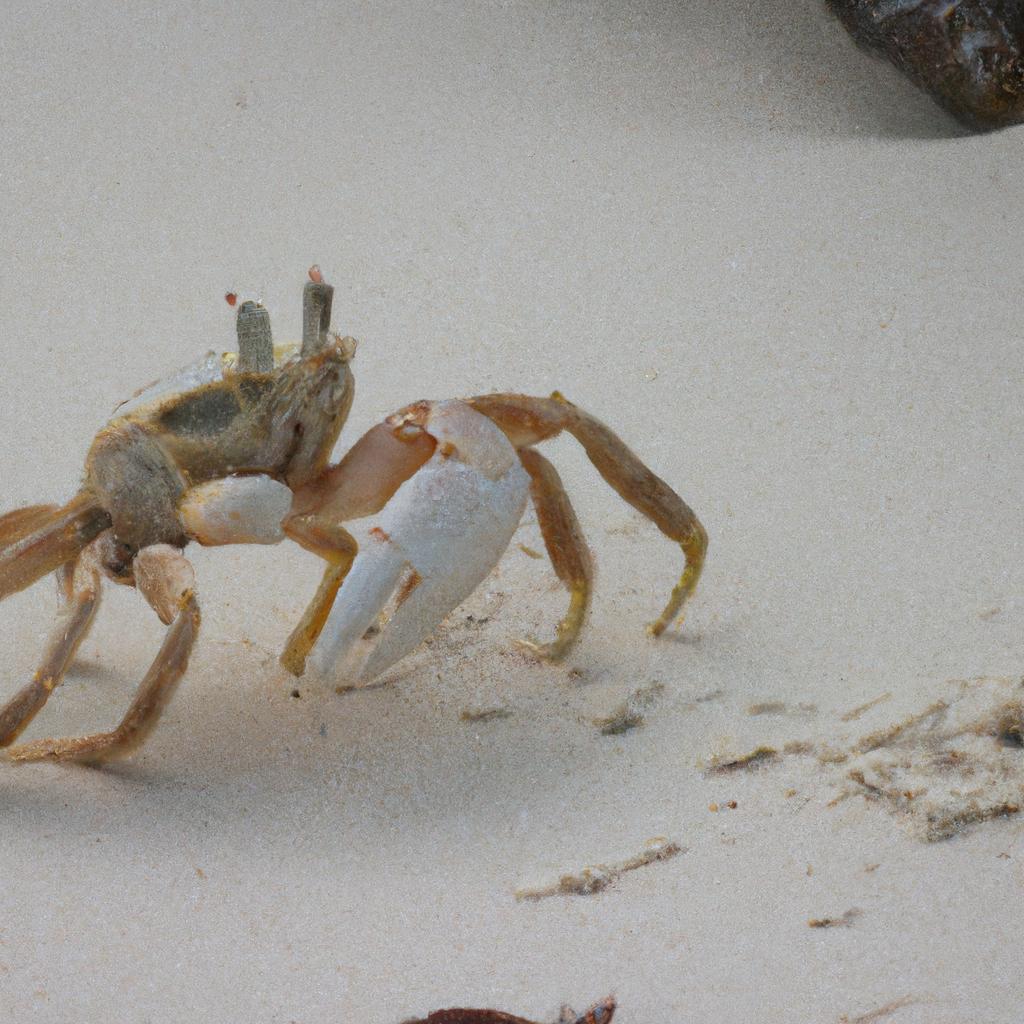
Crab Island crabs stand as crucial players in the ecosystem, frequently referred to as “keystone species.” Their presence and activities significantly influence other species within the area. For instance, blue crabs serve as a vital food source for various predators, including fish and birds. Additionally, they help maintain populations of other organisms, such as snails and small fish, by controlling their numbers.
Stone crabs also bear immense ecological importance. They play a key role in preserving the health of coral reefs, as they consume algae and other organisms that can overpower and damage these delicate ecosystems. Their consumption patterns facilitate the growth of thriving, diverse coral colonies.
Moreover, Crab Island crabs possess economic value. Blue crabs, widely admired for their delectable meat, serve as a popular food source and are frequently caught and sold by local fishermen. Stone crabs, similarly, are highly coveted for their claws, considered a delicacy in numerous parts of the world.
Threats to Crab Island Crabs
Despite their significance, Crab Island crabs face numerous threats, endangering their survival. Habitat loss and degradation represent one of the most substantial challenges. Human activities, such as coastal development and pollution, can cause destruction or alteration of the crabs’ vital habitats. These detrimental impacts can lead to population decline and cause a ripple effect throughout the ecosystem.
Overfishing poses another significant threat to Crab Island crabs. Blue crabs, in particular, frequently fall victim to extensive commercial fishing, resulting in population declines. Such imbalances in the ecosystem can negatively affect other species dependent on blue crabs for sustenance.
Climate change stands as an additional peril for Crab Island crabs. Rising temperatures and sea levels disrupt their habitats, altering behaviors and life cycles. For instance, temperature fluctuations impact molting, potentially impacting growth and reproductive success.
Overall, safeguarding and conserving Crab Island crabs demand dedicated conservation efforts and sustainable management practices. Such measures are essential to secure the continued existence of these enthralling creatures, ensuring their ecological importance and economic value for generations to come.
For more information about Crab Island and its captivating offerings, visit TooLacks.
